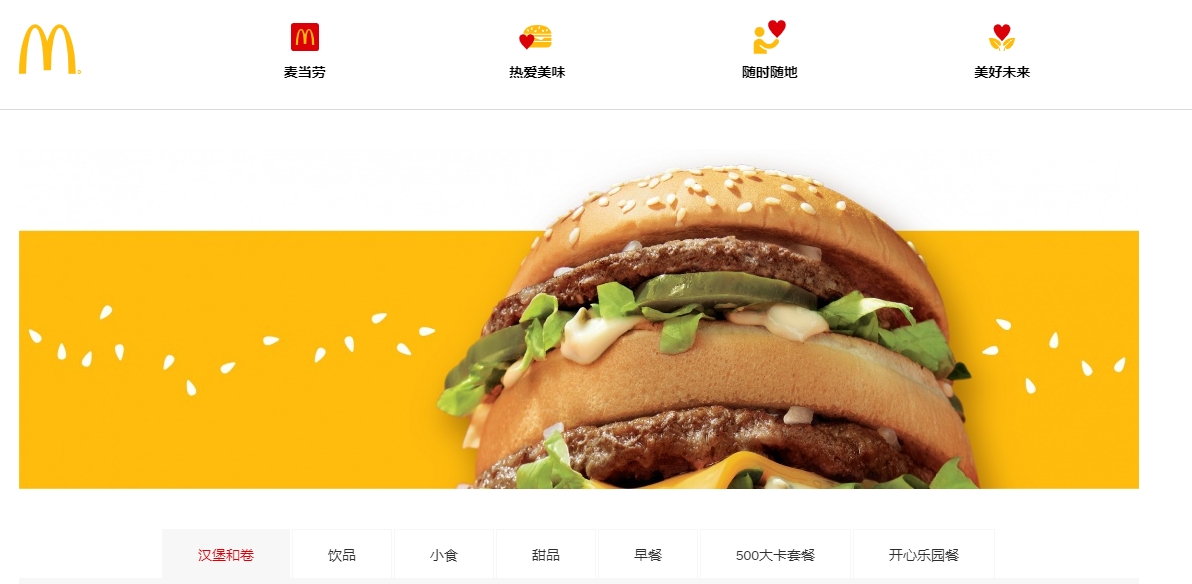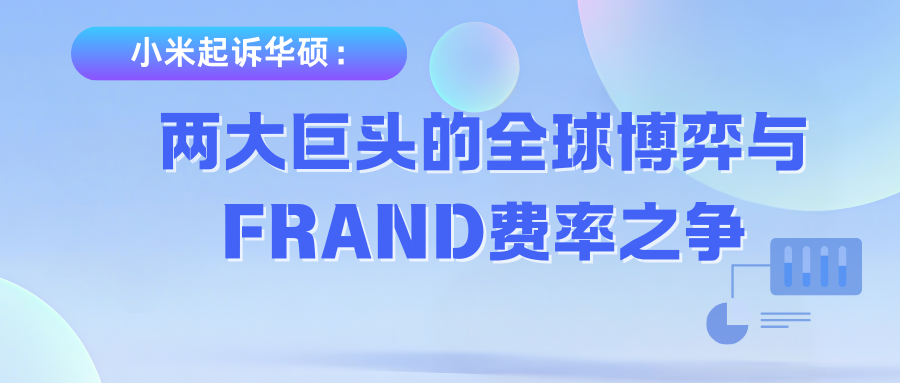Scene 1 – 01:30 a.m.
You swipe into a hooky track called The Starry River Never Sleeps. Comments scream “instant goose-bumps”. No-one knows it was born in a server room; the author field only says “Prompt by @MusicBot”. You tap “save” without thinking, while legal circles tear themselves apart:
Is this even a “work”? Does copyright attach? If it does, who gets the cheque?
Fresh data, hot out of the oven:
-
63 % of listeners insist “machines shouldn’t own copyright”;
-
yet 72 % of the same group say “a good tune deserves protection”;
-
only 18 % can actually tell “AI-assisted” from “AI-alone”.
Bottom line: ears are honest, brains are fuzzy.
I. Deconstructing the Song – Who Creates What?
-
Melody
-
Harmony
-
Rhythm
-
Lyrics
In the old world four different people could supply the four elements and rights were clear.
Today one prompt – “Write a City-pop ballad like Jay Chou’s Sunny Day, add an electric organ in the chorus” – delivers the full package in 30 seconds.
Cue the instant Q&A list:
-
Is the prompt itself creative?
-
Did training the model on 10,000 Jay Chou tracks infringe the reproduction right?
-
If the user only clicked “Regenerate”, is he still an “author”?
II. The Law’s “Soul-Searching Troika”
Q1. Human originality?
-
EU Court: must reflect the author’s personality.
-
US Copyright Office: 2023 rejection of Zarya of the Dawn’s AI illustrations – “lacks human control”.
-
Beijing Internet Court (Nov 2023, first AI-image case): “intellectual input + personalised expression”, case-by-case.
Q2. Is a prompt creative?
-
Nay camp: a prompt is an “order” – telling a chef “less salt” gives you no rights in the recipe.
-
Yay camp: a prompt is “architectural design”, like a director’s storyboard, hence original.
Q3. Was the training legal?
-
Class-actions queuing up: UMG, Sony, Warner v. Anthropic for training on 500 song lyrics.
-
China’s Gen-AI Measures demand “lawful sources + non-infringing + training logs kept”, but the “fair-use” frontier is still foggy.
III. Industry “Soft Law”: Platforms Vote with Their Feet
|
Platform
|
How to fill the author field?
|
Who gets the money?
|
|
Spotify
|
Optional tag “AI-assisted”, human “author” still required
|
100 % to uploader, platform does not verify yet
|
|
NetEase Cloud
|
New “AI-generated” tag, stream weight cut 30 %
|
Revenue unchanged, but uploader bears any infringement risk
|
|
BandLab
|
Built-in “AI Drummer” plug-in
|
Auto-split: platform 5 %, uploader 95 %
|
Signals are clear:
-
Traffic first – down-rank to cut exposure.
-
Money second – whoever uploads collects; lawsuits can wait.
IV. Musicians’ Survival Paradox
Anonymous interviews with 43 professional producers:
-
Embracers (55 %): AI shrinks 15-minute demos to 30 s, ≈ 68 % cost saving. “As long as the client signs off, I’m happy to be a figure-head.”
-
Resisters (35 %): fear their catalogue will be “washed” into new songs and the royalty pool diluted. “Collecting will be like fishing a needle from the sea.”
-
Lost (10 %): don’t know whom to credit. “Putting the AI looks lame, putting myself feels dangerous.”
V. The Public-Perception “Blind Box” – How We Researched It
-
Sample: active music consumers aged 18-45, N = 1 200, quota-sampled from Tier-1 to Tier-4 cities.
-
Double-blind listening: same melody, A-label “AI created”, B-label “indie musician”, random order.
-
NLP scrape: comment keywords, sentiment polarity compared.
Easter-egg result:
-
“AI” label → negative words (cheap, no soul) jump 4.2×;
-
yet if the tune is judged “good”, willingness-to-pay gap is only 9 %. Ears beat labels again.
VI. Three Possible Endgames
|
Scenario
|
Description
|
Probability (survey vote)
|
|
A
|
Create a new “neighbouring right” for AI, short term, narrow scope, royalties to model / user
|
42 %
|
|
B
|
Mandatory human-author threshold, AI output falls straight into public domain, monetise by business models
|
31 %
|
|
C
|
“AI royalty pool”: platforms skim per play, collective rights management
|
27 %
|
VII. Three “Vests” for Lawyers, Legal-Managers and Musicians
-
Save prompt-iteration logs
Every tweak + timestamp proves “height of originality” accumulated.
-
Split rights modules
Clear separate titles for melody, harmony, lyrics, master. Even if one chunk falls into the public domain, the “human slice” is still yours.
-
Run “consumer-confusion” surveys early
In litigation the judge cares most about market confusion. Our latest report turns “melody similarity + public confusion rate” into a visual curve already cited in three administrative complaints.
VIII. Easter Egg: Let AI Answer
We fed the same prompt back to the model:
“Do you think AI-generated music deserves copyright?”
Reply:
“I have no feelings and no need for royalties. But if protection motivates humans to keep creating with me, then let the ‘right’ go to the one who pressed ‘Enter’.”
––An “author” that does not even claim for itself, yet throws the ball back into humanity’s lap.
Conclusion
When a melody can be born in 0.3 seconds and a prompt costs more than a guitar string, can the old ferry ticket of copyright law board AI’s new spaceship? The answer is still blowing in the wind.
What is certain: whoever first cracks the public-perception “blind box” will hold an extra card at the next negotiating table.
Final mini-poll –
Should AI songs be protected?
A. Yes – who prompts profits
B. No – straight to public domain
C. Compromise – short neighbouring right
Leave your pick in the comments; your line might become the next research prompt!


